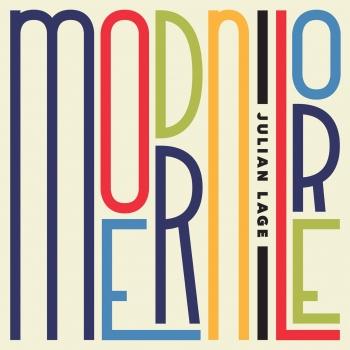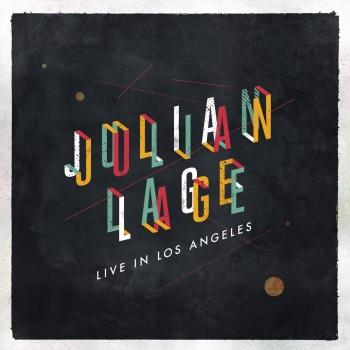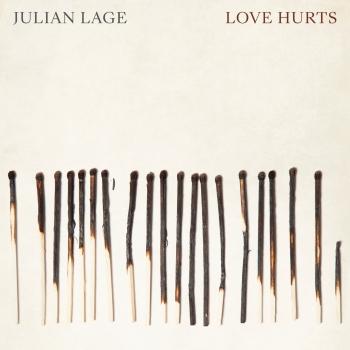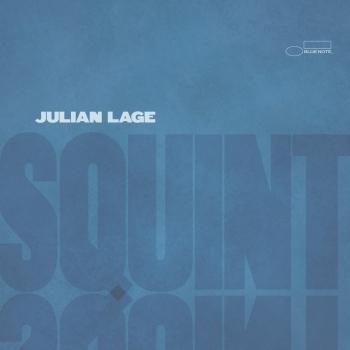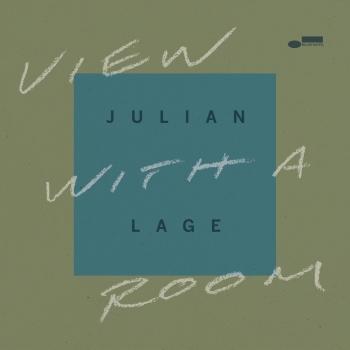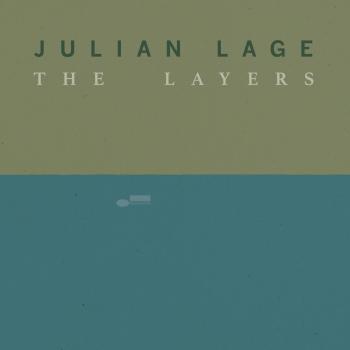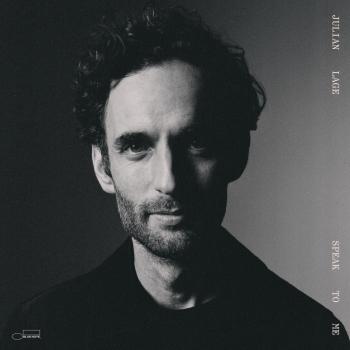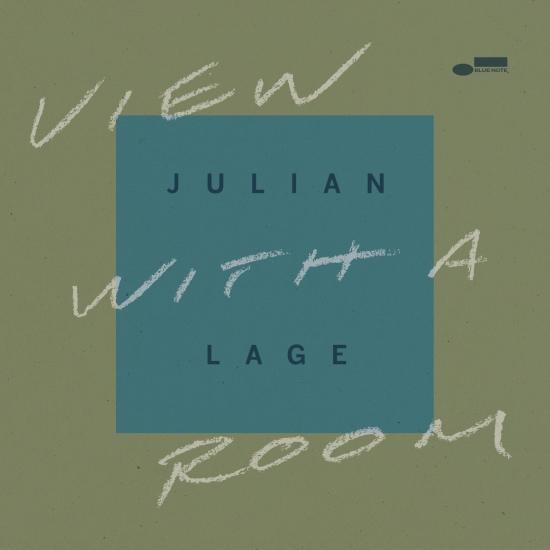
View With A Room Julian Lage
Album info
Album-Release:
2022
HRA-Release:
16.09.2022
Album including Album cover
I`m sorry!
Dear HIGHRESAUDIO Visitor,
due to territorial constraints and also different releases dates in each country you currently can`t purchase this album. We are updating our release dates twice a week. So, please feel free to check from time-to-time, if the album is available for your country.
We suggest, that you bookmark the album and use our Short List function.
Thank you for your understanding and patience.
Yours sincerely, HIGHRESAUDIO
- 1Tributary05:47
- 2Word For Word03:15
- 3Auditorium04:28
- 4Heart Is A Drum03:31
- 5Echo04:52
- 6Chavez04:19
- 7Temple Steps03:58
- 8Castle Park03:57
- 9Let Every Room Sing05:10
- 10Fairbanks03:55
Info for View With A Room
Guitar virtuoso Julian Lage expands his horizons on View With A Room, a collection of 10 compelling original compositions out September 16 that marks his second release for Blue Note Records. Having established a home base with his brilliant and deeply attuned trio of bassist Jorge Roeder and drummer Dave King—most recently heard on the guitarist’s acclaimed 2021 Blue Note debut Squint—Lage casts his gaze outward to discover new orchestrational possibilities with the addition of six-string icon Bill Frisell, who adds his inimitable voice to this stunning album.
“In so many ways, I’ve wanted to make this record for years,” says Lage. “It comes from a line of musical inquiry: can you have lush orchestration combined with an organic sense of improvisation and the agility of a small ensemble?”
Without bolstering the line-up with additional instrumentation and more intricate writing, thus losing the maneuverability and venturesome spontaneity that he’s honed with Roeder and King over the last several years, Lage found his solution where he so often does: in the guitar.
“The answer came from some of the historical references that matter to me about the electric guitar,” Lage explains. “There’s a certain lineage that grows out of early pioneers like Jimmy Bryant and George Barnes and Charlie Christian, where there’s this almost electric volatility to the sound. It’s both beautiful and kind of sharp; it’s subdued and warm, but also kind of gritty. In thinking about the orchestration for this album, I wanted to foster the point of that arrow.”
There’s no one better suited to understanding what Lage was seeking, who is better versed in the history of guitar and jazz and beyond, its personalities and possibilities, than Bill Frisell. The legendary guitarist has worked with Lage in several different contexts, including duo concerts and projects devised by John Zorn, and enhances Lage’s vision in atmospheric and incisive ways throughout View With A Room. The pair honed in on a shorthand vocabulary rich with references as diverse as the Beach Boys, Keith Jarrett’s American and European Quartets, and George Harrison’s All Things Must Pass. The two guitarists’ subtle weave is at the heart of “Auditorium,” where Frisell’s agile rhythm work buoys Lage’s eloquent leads atop the gracefully subtle propulsion of Roeder and King.
“There’s no one I would trust more than Bill Frisell to come into our trio ecosystem and be able to expand it while totally embracing it,” Lage says. “It became a beautiful collaboration that achieved the Technicolor experience that I’ve been searching for.”
View With A Room was produced by Margaret Glaspy, his wife and musical partner who brings her own insights as a singer-songwriter to the lyrical and storytelling aspects that make Lage’s compositions so singular. She worked closely at Brooklyn’s Bridge Studios with engineer Mark Goodell, who Lage credits with “wrangling this album into a sonic place that references what we love best about classic Blue Note records while still feeling utterly contemporary and unique to the sound of this band.” Lage’s longtime friend and collaborator Armand Hirsch added integral post-production elements that bring the emotional intent of each song into focus.
Julian Lage, guitar
Bill Frisell, guitar
Dave King, drums
Jorge Roeder, bass
Produced by Margaret Glaspy and Armand Hirsch
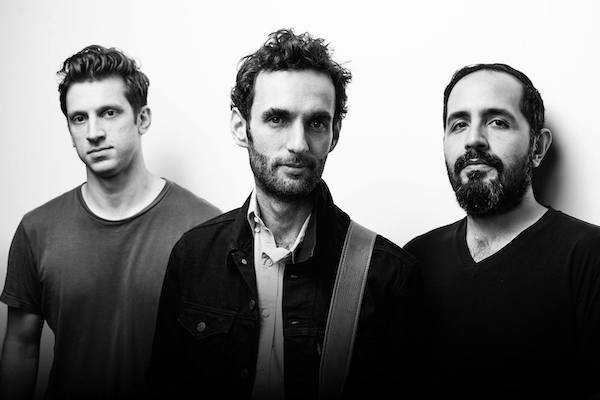
Julian Lage
The New York Times calls Julian “…one of jazz’s breezier virtuosos, possessed of an unflappable technical facility and a seemingly boundless curiosity.” At age 27, Julian Lage already boasts a resume that an artist twice his age would be proud to claim. A former child prodigy—he was the subject of the 1997 documentary Jules at Eight—the California- born, now New York–based guitarist has collaborated with such giants as Gary Burton, Jim Hall, David Grisman, Béla Fleck, and Charles Lloyd. He’s released three albums as a leader, most recently 2016’s trio outing Arclight featuring Scott Colley and Kenny Wollesen. UK’s Jazzwise describes Arclight as '... a bright light shone on very specific, finely wrought musical miniatures that unfold untold pleasures.'
Arclight, Julian Lage’s Mack Avenue debut, marks his first recorded outing on electric guitar and in a trio format, backed by double bassist Scott Colley and drummer Kenny Wollesen. Like that titular intense white light, Lage is a performer who burns brightly: The pace he sets is brisk, the mood often upbeat, the playing so quick-witted and offhandedly dazzling that one is compelled to immediately press “repeat,” especially when tracks like “Persian Rug” and “Activate” whiz by in under two and a half minutes. For a thoughtful artist like Lage, who will research and ruminate on a project long before he sets foot in a studio, this was a liberating experience, plugging in and playing with a kind of abandon. He was encouraged along the way by his producer and friend, the eclectic singer-songwriter Jesse Harris, who helped maintain an air of spontaneity and discovery throughout the trio’s three-day stint at Brooklyn Recording.
Lage has long been heralded for his virtuosic ability as an acoustic guitarist. In fact, he was well known in musician circles as a guitar prodigy, whose early genius was captured in a 1997 Oscar-nominated documentary short, Jules At 8. As an adult, he’s fulfilled the promise of his extraordinary youthful talent. The New Yorker’s Alec Wilkinson declared, “He is in the highest category of improvising musicians, those who can enact thoughts and impulses as they receive them.” Nate Chinen of the New York Times called Lage “one of jazz’s breezier virtuosos, possessed of an unflappable technical facility and a seemingly boundless curiosity.” After independently releasing a solo acoustic set of largely original material called World’s Fair in 2014, that curiosity prompted Lage to reconsider the electric guitar, specifically a Fender Telecaster – “the most refined embodiment of the modern guitar,” as he puts it.
“The Telecaster has been around for more than 60 years,” says Lage, “and it’s still so present. I took that as a parameter: Arclight focuses on my love of the electric guitar, specifically the Telecaster. And even more specifically, it’s centered on a jazz trio. It’s basically a realization of this recessive obsession I’ve had for a long time, but had never followed. I wanted to do songs that I feel maybe fell through the cracks for me when I was growing up, but now feel like a brand new kind of music.”
Though up to now Lage has largely recorded and performed original material, he wanted to explore his interpretive skills on Arclight, concentrating on music from the early to mid-20th century, “jazz before be-bop.” This was a period that had also inspired his composing for World’s Fair. As he did then, Lage consulted Brooklyn-based guitarist, banjo player and music scholar Matt Munestiri, who had already pored over the more obscure pages of the American Songbook. Explains Lage, “I had this conundrum. I was looking for minor songs and slightly more melancholy music from the twenties. Matt sent me about 20 songs that ranged from Willard Robison to Sidney Bechet to Jack Teagarden, Bix Biederbecke and Spike Hughes, a British band leader who had a recording of a song called ‘Nocturne’ that ended up on our record. He nailed this melancholy zone of jazz that I felt was kind of forgotten. It was really poignant, melodic music that had a quirk to it. I think of it as the pre-be-bop generation, when country music and jazz and swing were in this weird wild-west period. “
Along with ‘Nocturne,’ Lage tackled W.C. Handy’s “Harlem Blues,” a Gus Kahn-Neil Moret piano roll number called “Persian Rug,” and “I’ll Be Seeing You,” which starts off tenderly but gives way to a lively improvisational mid-section before finding its way back to the gentle, classic melody. The rest of the album consists of originals, which, notes Lage, “celebrate the other period I’m obsessed with, the Keth Jarrett American quartet period, an improvisational jazz era that had such a rich connection to songs and to folk music. This was the concept for the album.”
Playing a Telecaster is also an affectionate nod to Lage’s childhood: When he was four years old, his dad, a visual artist, had made him a plywood guitar, based on a Fender Esquire he’d traced from a Bruce Springsteen poster. Lage “played” that guitar until his dad bought him a real electric guitar a year later and they started practicing blues progressions and improvisation together. Similarly, Lage’s all-star rhythm section on Arclight recalls the sounds, the bands and the gigs that inspired him as a young musician. Lage remembers seeing Colley and Wollesen at famed Bay Area jazz club Yoshi’s, backing his hero, the late guitar icon Jim Hall, as well as his early mentor, Gary Burton: “I would go to these shows, sit up front, put my head on the stage and watch. They were the most formative jazz guitar experiences of my life. And they were with these guys. I didn’t specifically intend to reassemble that dream crew but then I thought I had a chance, why not call them? I love them, I know their sounds; they would get my vision. And that’s what tied everything together. This was not only a band where I could get to play all this stuff that I’ve come up with, this is band of people I love listening to. And that was so refreshing coming from the solo guitar thing, which was a very personal quest to build a solid individual foundation of music on the guitar. “
Jesse Harris became both observer and arbiter as the sessions unfolded, an invaluable role. While Lage would perceive a take as merely the first in a series, Harris, as Lage recounts, would say: “’That’s it! Do you hear the spirit, the narrative, the build? Do you see how you struggle there but nail it here? That’s the ebb and flow.’ I absolutely loved it. This was very different than the solo guitar record, where I felt as though only I knew when it was done. I was outnumbered on this one, and by all my favorite people and musicians. Arclight also has a spirit to it, this raucous energy, a thing that I felt was so strongly connected to this music and this band. There was a concept, a philosophy, a tonal palette, but that kind of energy, that almost dance-band vibe – Jesse could see it a mile away. It was so much fun to turn it up loud in the studio, and feel the music that way.”
Concludes Lage, “I feel like I’ve been on this very focused mission to make certain things a part of my musical life, and the electric guitar was one of the things that was missing. I’m very excited to share this. “
This album contains no booklet.











